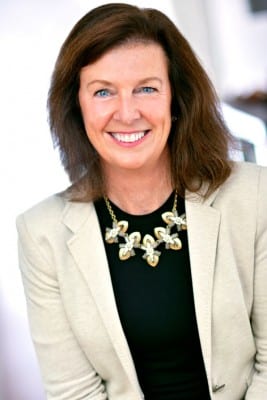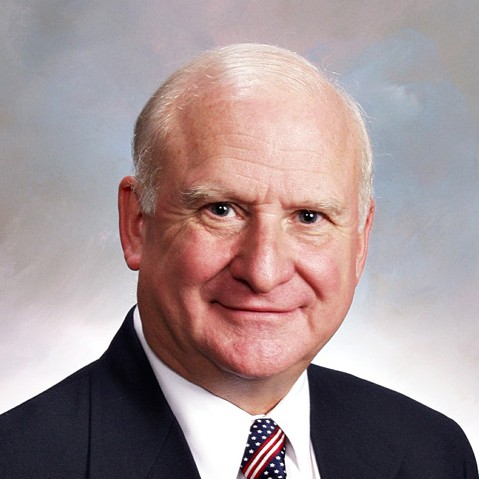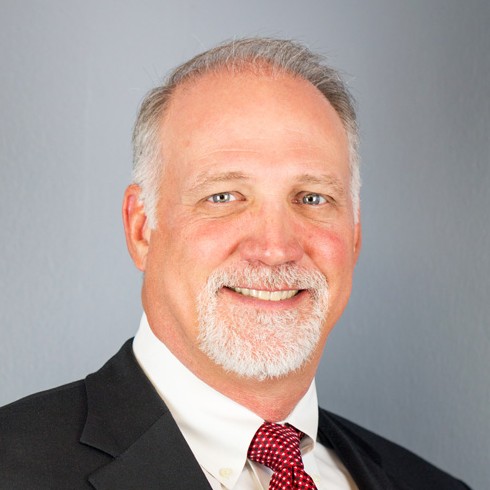
Throughout her career, Kathy Gentilozzi has worked at leading retailers like Macy’s and Aéropostale to create a cohesive culture in support of her companies’ business objectives. In retail, the employees on the store floor are company ambassadors with the power to make or break a brand. In order to guarantee that the former is achieved, Gentilozzi says it’s the job of the human resources department to create a clear line of communication between the corporate office and frontline employees to ensure a company’s culture drives brand reach. Not long ago, Gentilozzi spoke with Profile about the lessons she’s learned from her career and how she most recently put those ideas into action at her previous position at Aéropostale.
Aéropostale is known for a unique retail culture. When you served as the senior vice president of human resources at the company, what role did you play in building this atmosphere?
Kathy Gentilozzi: Aéropostale employees are high school and college students, predominantly. They work in the stores and are the face of the company. We looked for employees, or “role models,” that had a wide variety of interests outside of Aéro—they could be a on a school team, do volunteer work, play an instrument—each of them unique. It was our goal to hire outgoing, high-energy role models that were excited about interacting with Aéro’s customers.
In the corporate offices, both in New York and New Jersey, we prided ourselves on being an open and transparent company. We were not big into hierarchy . . . In most organizations, you’d never feel comfortable to knock on the CEO’s door and say, “I have a brilliant idea for a business opportunity, can I run it by you?” But that happened at Aéro.
When you worked at Aéropostale, what was your approach to engaging with a young workforce?
Gentilozzi: Over the past few years, the company has been transforming its brand and product to keep pace with today’s teen: they are fashion conscious, they like variety, and they like to make their looks their own. Years ago, Aéropostale used to sell hoodies, T-shirts, and denim. For a back-to-school campaign, we used a tagline, “Are you who you were a year ago? You’ve changed, so we’ve changed.” This was relevant to the company’s role models, because they saw us moving forward from a store that they shopped at while in middle school to one that has more contemporary, fashionable items that they feel proud to represent.
From the top of the organization, we recognized that the role models are the ones who engage with the customer and are the sales drivers. Aéropostale has amazing teams in its Manhattan and New Jersey corporate offices, but it’s a role model in Idaho who is making the direct connection with a customer. To keep our store teams updated on news, we ramped up our communication. Regional and district mangers visited stores and interacted with the teams daily. In corporate, we frequently held town-hall meetings to share the company direction and how we were tracking against our short- and long-term goals.
How did the Aéropostale brand influence the company’s culture, and how did the culture reinforce the brand?
Gentilozzi: The brand was always evolving but we didn’t forget the roots and who we were as a company. While the product and how the stores looked changed, the company’s core values of respect, teamwork, integrity, and compassion were the underlying framework in how we treated each other, the vendors, and the customers.
Critical to who we were, as a company and as a brand, was how we supported our employees and our communities. As an organization, we created the Aero Cares foundation, which supports employees in time of need. In Aéropostale’s communities, we partnered with many local charities as well as national organizations such as DoSomething.org. We collected and distributed 4.3 million pairs of jeans to homeless children and teens across the country as part of the organization’s annual Teens for Jeans campaign.
What steps did you take to create clear lines of communication with employees?
Gentilozzi: The understanding of a company’s culture begins during the interview process, is part of onboarding, training, and development programs, and is part of the everyday work environment. The most meaningful way we can communicate is through our actions. [At Aéropostale], district and regional managers did an amazing job of providing direction, listening to role models and managers, and celebrating wins big and small. These types of connections are
In your retailer roles, how did you facilitate communication with dispersed employees, particularly in a fast-paced environment?
Gentilozzi: [At Aéropostale], we had a very specific communication cascade. It worked as a chain, and we did it every week. We sent business updates to regional, district, and store managers to share what’s going on for the upcoming week or month.
To keep our stores focused on achieving their goals, we held contests to keep employees motivated. By achieving results in sales, for example, managers could earn points toward a coveted annual trip to Florida where Aéropostale recognized its top one hundred store managers.

